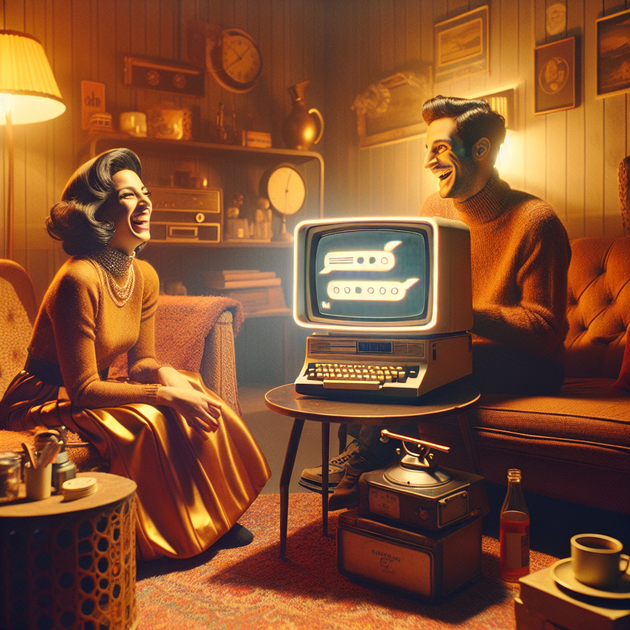There’s a growing sense of nostalgia around bad AI. While today’s artificial intelligence can write essays or generate photorealistic images in seconds, many people find themselves missing the days when chatbots got everything hilariously wrong or image generators produced bizarre results. Why does “bad” sometimes feel better than “perfect”? Let’s look at what made old-school, imperfect bots so fun—and what we might be losing as technology advances.
What Made Bad AI So Entertaining?
Before ChatGPT aced the Turing test and DALL·E turned out magazine-worthy art, interacting with an algorithm could feel like chatting with an alien who was trying really hard to fit in. Early chatbots misunderstood simple questions. Translation tools butchered sentences (BBC). Image generators mashed together objects in ways that made no sense at all.
- Unexpectedly funny mistakes that went viral online
- Weird conversations that felt more like improv comedy than useful dialogue
- Moments where humans had to “babysit” their digital helpers
- Meme-worthy outputs that still circulate years later
The clumsiness wasn’t just annoying—it was oddly charming.
The Personality of Imperfection
Imperfect bots sometimes felt more relatable than slick modern ones. Their failures revealed their limits (and ours). When an old translation app called a “hot dog” a “spicy canine,” it didn’t help your lunch order—but it did spark laughter.
This almost-human awkwardness is part of why some users wish for those days back. Perfection can feel cold or even creepy (The New York Times). When chatbots mess up spectacularly, they remind us they’re just code—not actual people.
Bots With Character
Remember SmarterChild on AIM? Or Microsoft’s Clippy? These helpers often got in your way or gave odd answers. But years later, people look back fondly on their quirks—like a friend who tries too hard to help but always means well.
A Quick Story from the Early Days
A few years ago, someone tried using an early image generator to create an “owl wearing glasses.” The result? A feathery mess with three beaks and glasses floating nowhere near its face. Instead of frustration, everyone burst into laughter—and the picture ended up as the group chat icon for months.
These moments weren’t productive or efficient, but they brought people together over shared confusion (and inside jokes).
Why Do People Miss Bad AI?
Modern generative tools are impressive—but they rarely surprise us anymore. There’s something special about not knowing what you’ll get from a quirky chatbot or busted translator.
- Nostalgia: Many grew up with these early bots; their weirdness feels comforting.
- Meme Culture: The internet loves to collect and share hilarious fails (Know Your Meme).
- Simplicity: Old AIs had clear limits; using them felt less overwhelming than today’s sprawling tools.
- Camaraderie: Shared experiences with friends over “AI gone wrong” moments created lasting bonds.
The Future of Playful Machines
No one wants their search engine or medical tool to fail spectacularly—but maybe there’s room for playful imperfection elsewhere. Some developers now build intentionally silly chatbots or “glitch” art generators just for fun.
If you’re feeling nostalgic yourself, there are even online projects that try to recreate those awkward early days—proof that bad AI still has fans in our hyper-competent digital world.
A Few Modern Examples:
- Talk to Transformer: An older text generator that feels delightfully random at times.
- This Cat Does Not Exist: Endless weird cats generated by neural networks.
What Would You Bring Back?
The world moves fast—and most people love when technology works seamlessly. Still, the warm memories of janky bots stick around for good reason. If you could bring back one thing about bad AI—what would it be?

Leave a Reply